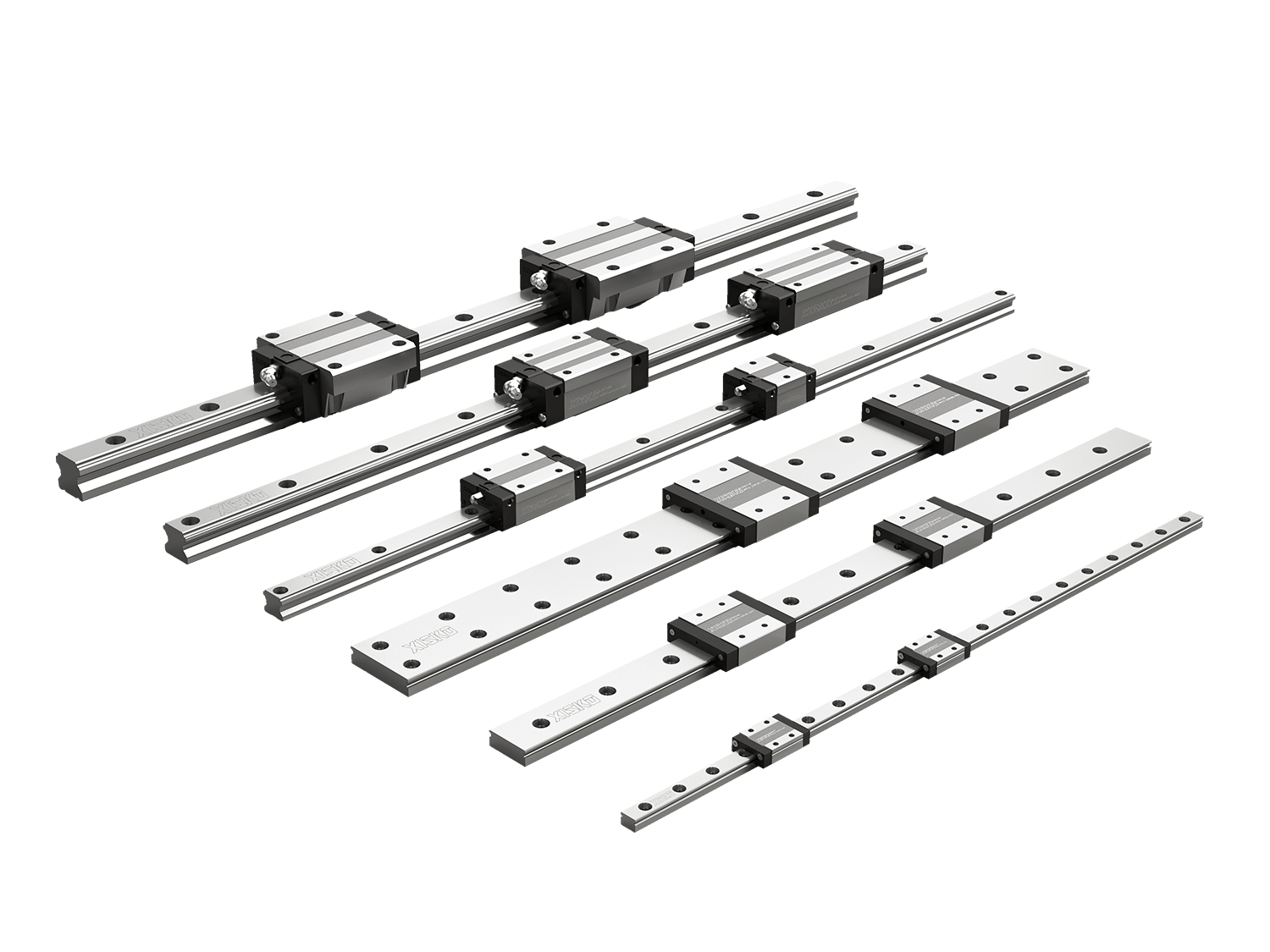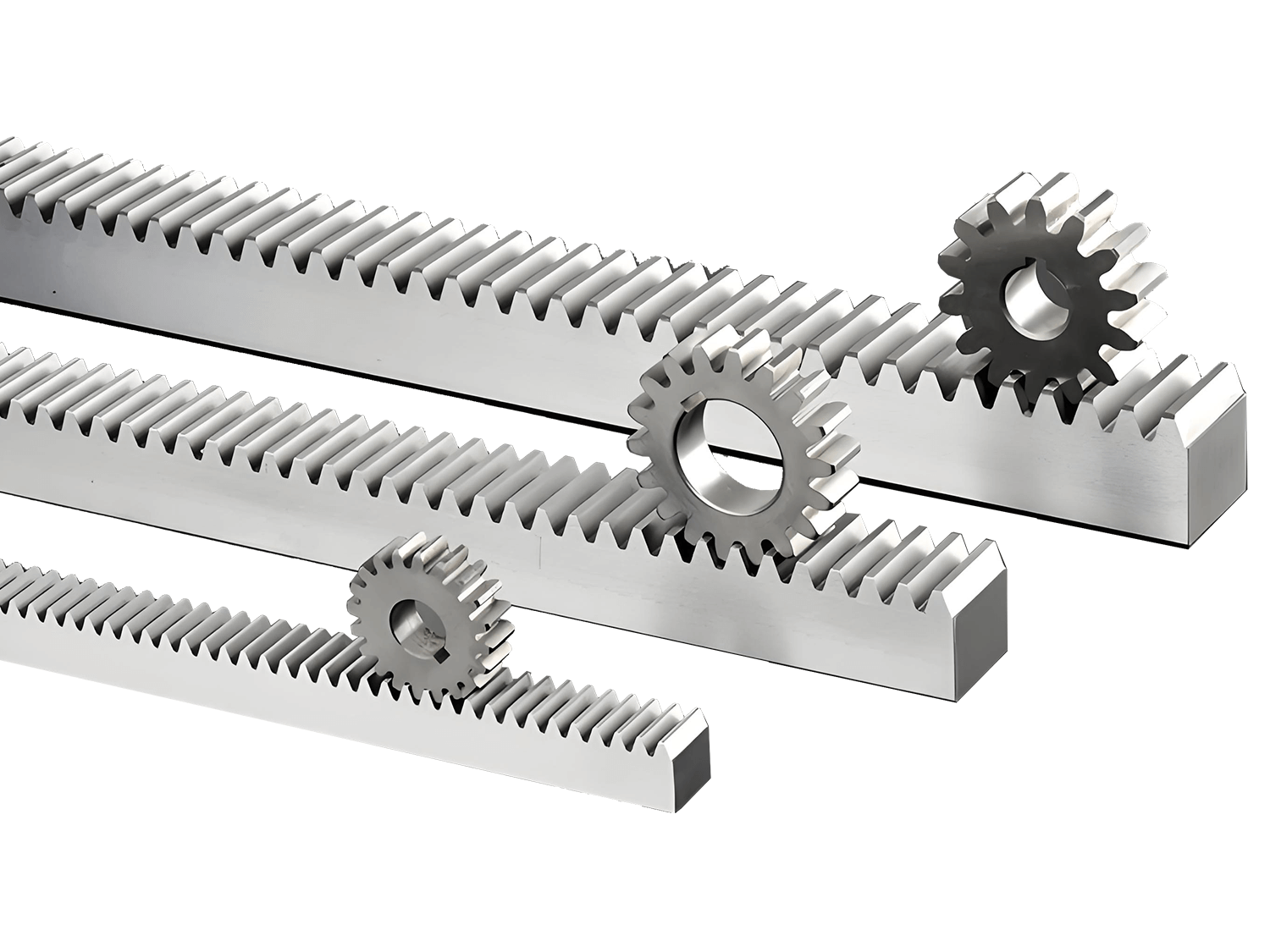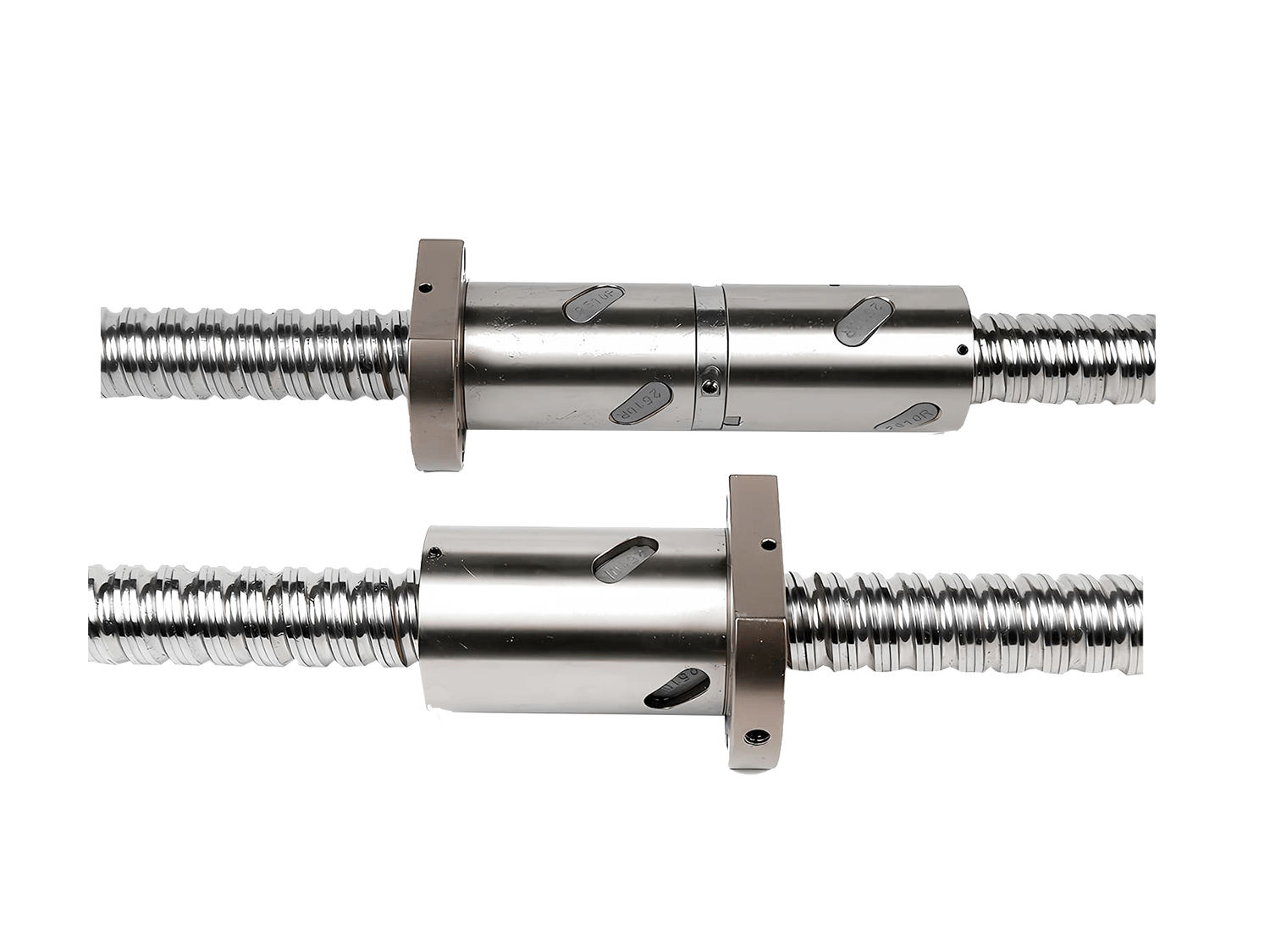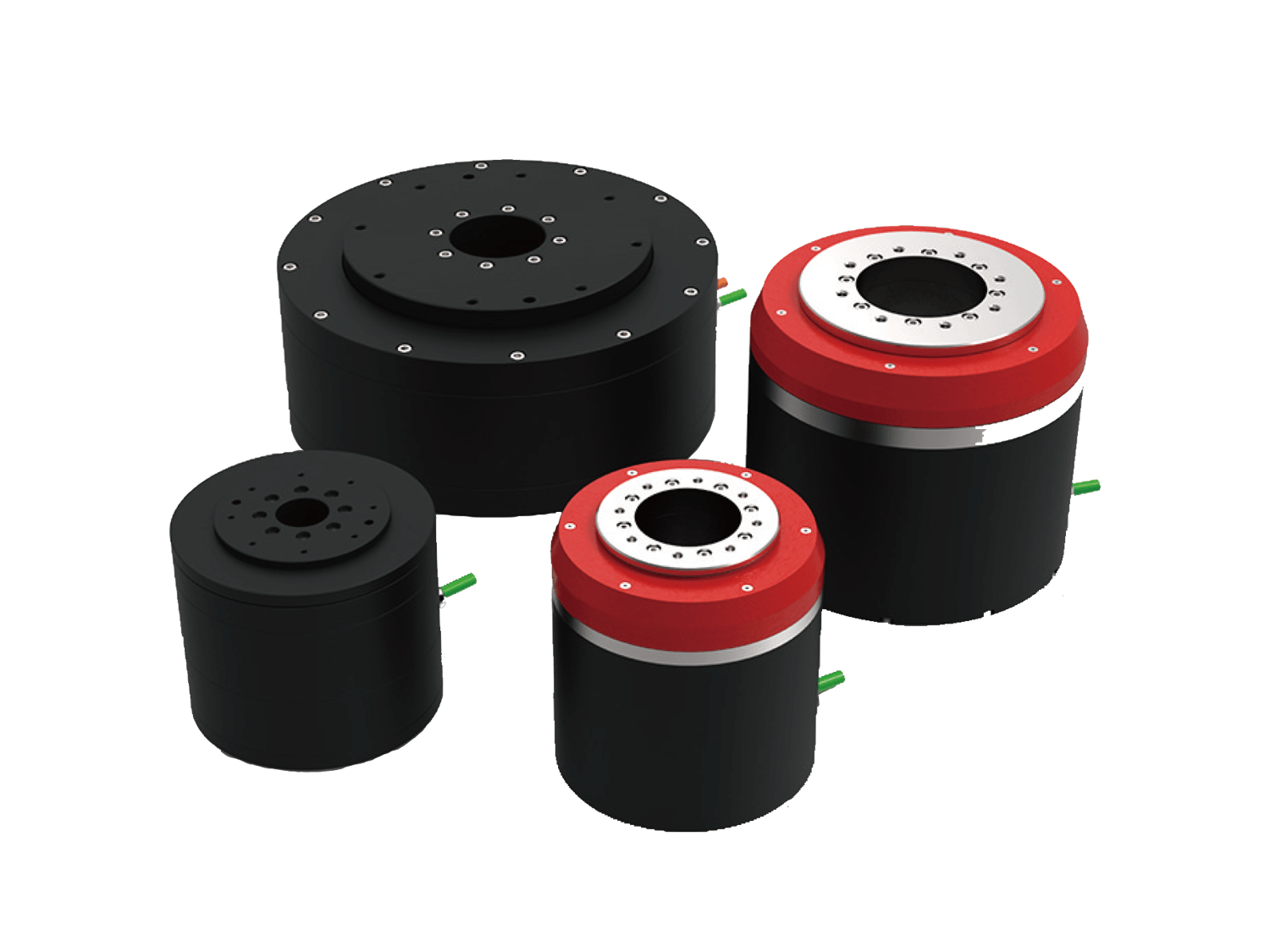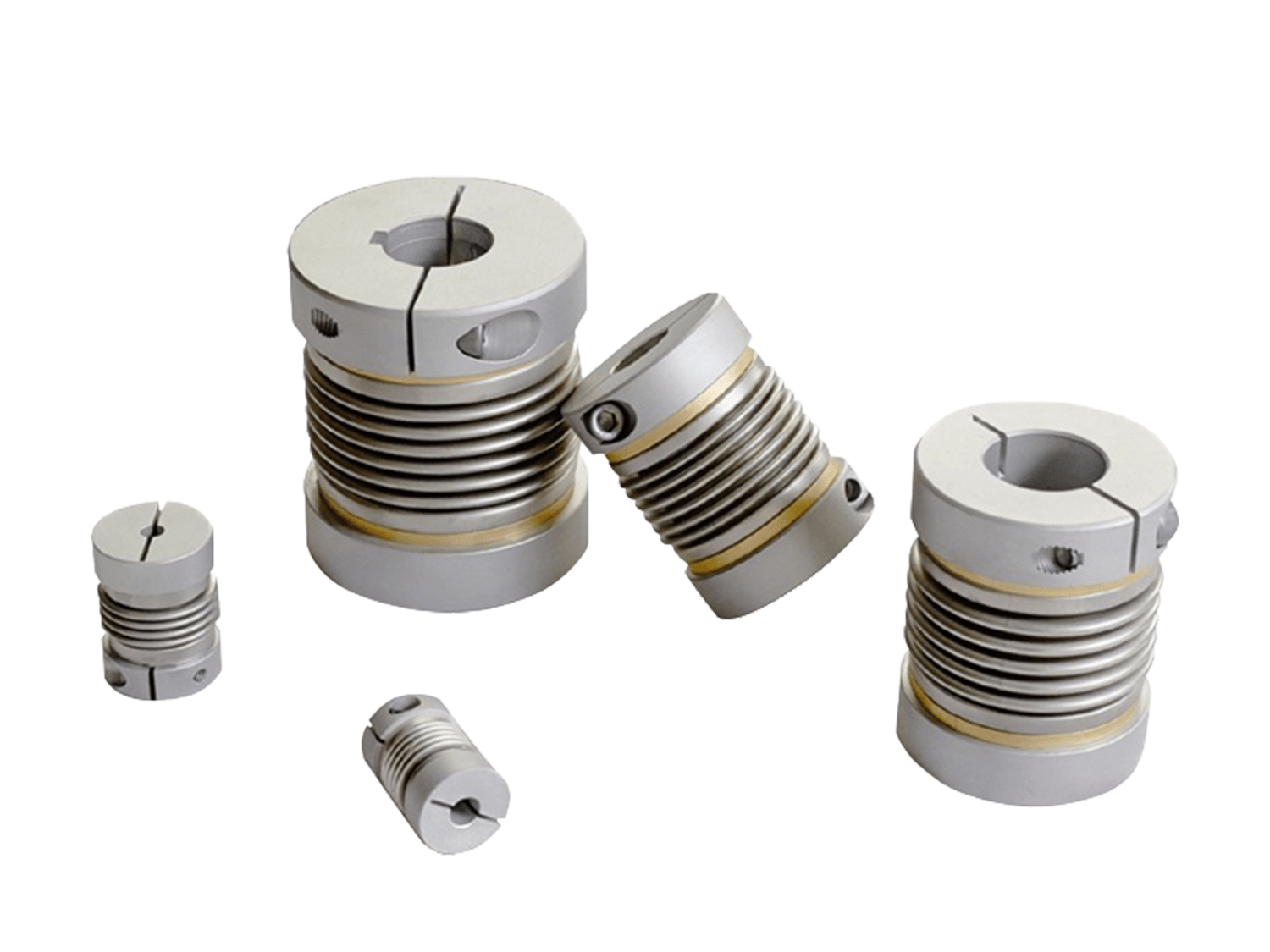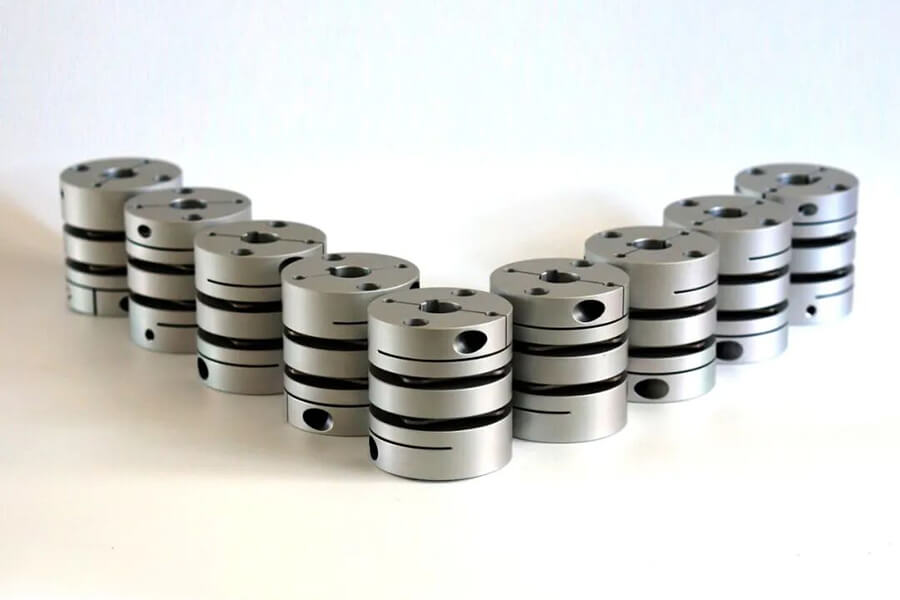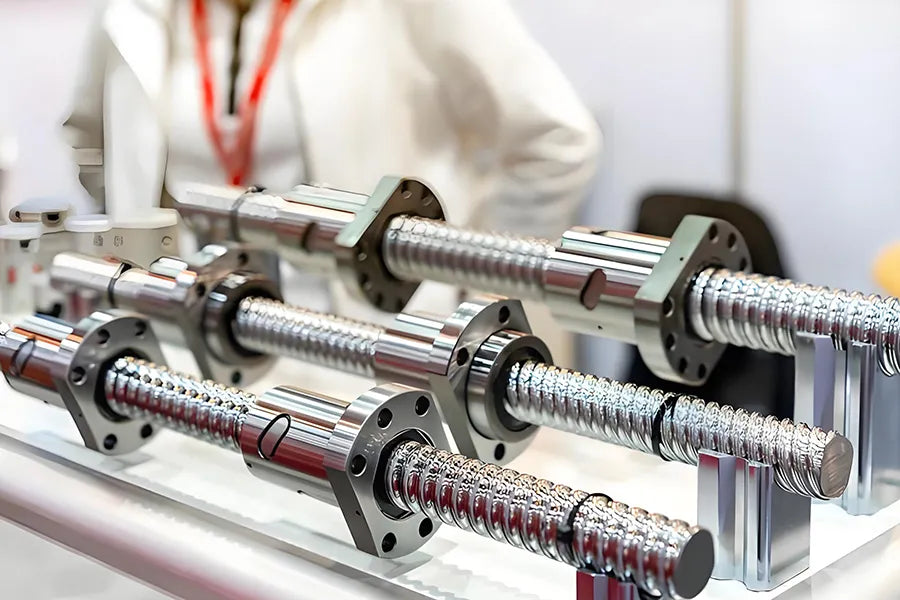In mechanical transmission systems, couplings are critical components, connecting two shafts to transmit power and torque. Among various types of couplings, rigid couplings are the most fundamental and widely used. As the name suggests, they lack flexibility and cannot absorb shaft misalignment. Instead, they directly and rigidly secure two shafts together. This article will delve into the definition, structural characteristics, operating principles, advantages and limitations of rigid couplings, and their typical industrial applications.
1. What is a Rigid Coupling?
A rigid coupling typically has a relatively simple and compact structure, typically consisting of two coupling halves. These halves are securely connected to the two shafts using keys, set screws, or an interference fit, resulting in a rigid, integrated structure.
2. Working Principle of a Rigid Coupling
When the driving shaft begins to rotate, the torque is transferred to the corresponding coupling half thanks to the secure connection between the coupling halves and the shaft (for example, in a keyed connection, the key transmits the shaft's torque to the coupling half). The tight fit between the two coupling halves then transfers the torque to the other coupling half, ultimately driving the driven shaft to rotate synchronously, achieving efficient torque transmission between the two shafts.
3. Features
3.1 Rigid Coupling: High Torque Transmission
It can stably transmit high torque and is suitable for heavy-load transmission applications. For example, in heavy machinery such as large mining machinery, metallurgical equipment, and cranes, rigid couplings ensure efficient power transmission.
3.2 Rigid Coupling: High-Precision Transmission
Due to its strong structural rigidity, there is virtually no relative displacement or elastic deformation during operation, enabling high-precision torque transmission. It is suitable for equipment requiring high transmission accuracy, such as CNC machine tools and precision instruments.
3.3 Rigid Couplings Offer High Reliability
Unlike some couplings that require lubrication (such as gear couplings), rigid couplings generally do not require regular lubrication and maintenance, saving maintenance costs and time.
4. Typical Applications of Rigid Couplings
4.1 CNC Machine Tools
CNC machine tools require precise inter-axis transmission to ensure machining accuracy. Rigid couplings ensure strict alignment between the two axes, enabling high-precision torque transmission. This allows the tool to accurately follow the programmed trajectory during machining, resulting in high-precision parts.

4.2 Semiconductor Manufacturing
In semiconductor manufacturing, chip machining requires extremely high precision, and the equipment's shaft transmission must maintain a high degree of accuracy and stability. Rigid couplings can meet the high-precision inter-axis transmission requirements of semiconductor manufacturing equipment, ensuring chip production quality.
4.3 Aerospace Equipment
In control systems requiring high precision and high reliability, rigid couplings provide stable power transmission.
4.4 Laboratory and Testing Equipment
Precision testing equipment in laboratories, such as torque testers, often uses rigid couplings to ensure measurement accuracy.
4.5 Pumps and Compressors
For some small pumps and compressors, rigid couplings can directly connect the motor to the pump shaft, resulting in a compact design.
Summary
Rigid couplings offer a simple structure, efficient transmission, and high reliability. Their greatest strengths are rigid connection, zero backlash, and high precision, but they also place stringent requirements on installation accuracy. Rigid couplings are an ideal choice for applications requiring precise transmission and allowing for strict alignment.
